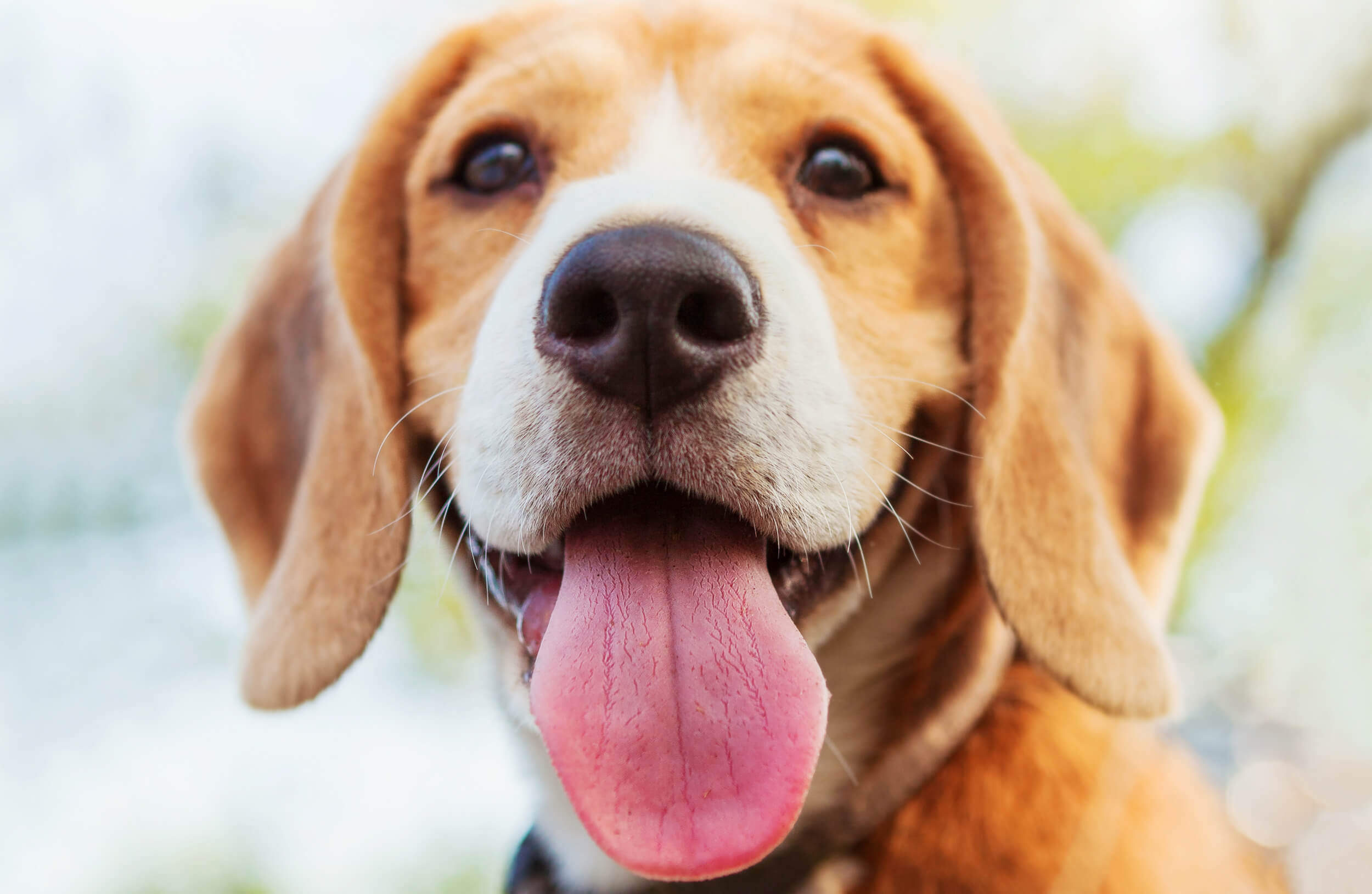-
Adopt
-
Veterinary Care
Services
Client Information
- What to Expect – Angell Boston
- Client Rights and Responsibilities
- Payments / Financial Assistance
- Pharmacy
- Client Policies
- Our Doctors
- Grief Support / Counseling
- Directions and Parking
- Helpful “How-to” Pet Care
Online Payments
Emergency: Boston
Emergency: Waltham
Poison Control Hotline
-
Programs & Resources
- Careers
-
Donate Now
Dental disease, specifically periodontal disease, is the most common ailment affecting pet dogs and cats. The amount and severity of dental disease in our pets can be very surprising. The recognition and treatment of dental disease is all-to-often overlooked by veterinarians and pet owners alike. Most veterinary schools have yet to recognize the importance teaching about oral health in the education of veterinarians and technicians. It may require the combined efforts of pet owners and enlightened veterinarians to recognize the signs of dental disease in our pets.
Halitosis, or bad breath, is the most common sign of oral disease. Classic “doggy breath” is not necessarily normal. The major cause of halitosis is periodontal disease. This is an infection of the gums and potentially the other supporting structures of the teeth. Plaque builds up every day on the tooth surface including at the gum line.
Left in place, the plaque can mineralize, or harden, in less than 2 days, forming calculus or tartar. The tartar will stick to the tooth surface forming a scaffold for more plaque accumulation. The continued build-up of tartar both above and below the gum line can eventually produce an environment that is a haven for certain types of bacteria that may be more destructive to the periodontal tissues and also produce a more noticeable odor.
The most obvious visual clue to dental disease is the build up of the tartar on the tooth surface. A much more subtle clue to dental disease is the change in the normal gum lines. Every tooth has a bulge just where the normal, healthy gum meets the tooth. This bulge is normally not a straight line for most teeth. This means that we should see a slight wave of gums along the outside of normal, healthy teeth. If the gums are straight along the tooth, either gingivitis, or inflammation of the gums, or gingival recession, or loss of the normal gum height, is present.
Gingivitis is reversible, as the inflammation will go away once the cause of the inflammation is addressed. Plaque along the gum line is easily the most common cause of gingivitis. Once the gingiva, or gums, begin to be lost, periodontal disease is present. As in humans, gingival recession is permanent. With gum loss, comes exposure of the root surface of the tooth. The root surface is rougher than the crown of the tooth and is therefore more likely to attract plaque.
In dogs, however, gum loss has even more serious repercussions than in humans. The area between the roots of teeth with more than one root is called the furcation. The furcation is much closer to the normal gum line in the teeth of dogs. A seemingly small amount of gum loss can cause exposure of the root surface and perhaps even this furcation area, providing even more surface for plaque and tartar on which to adhere. What looks like a black spot along the gum line of a tooth is much more likely to be exposed furcation than a “cavity.” Dogs get caries, or “cavities,” much less commonly than do humans. Visualization of the actual bulge or even the exposed furcation area of a tooth is evidence of fairly significant periodontal disease. As more of the gums and bone supporting the teeth are lost, the more likely loss of teeth. Noting one of the more severe signs of dental disease, loosening of the teeth, may also be tricky unless one knows to look for it.
There are other signs of dental disease in your pet that may be more subtle. Dogs may preferentially choose softer foods, play with chew toys less and decline crunchy treats. You may notice your pet chewing more on side of his mouth. He may chew less in general and this sometimes causes the dog to vomit, seen as undigested, poorly chewed food. Increased salivation, pawing at or rubbing the face can be indications of oral pain.
It is important to realize that some periodontal disease may not be visible to even the most experienced observer. Sometimes the bone around the teeth is lost faster than, or even without, gum loss. A complete periodontal examination, including dental X-rays, is necessary to uncover all types of periodontal disease.
Such a comprehensive dental examination requires anesthesia. Larger breeds usually require once-a-year dental exams; smaller breeds twice a year. Complete exams are important to maintaining good dental health. In the meantime, brushing your pet’s teeth can help prevent disease. For tips on how to brush your pet’s teeth, please click here.
To book an appointment with Angell’s Dentistry service, please call 617-522-7282. For more information on Angell’s Dentistry service, click here.